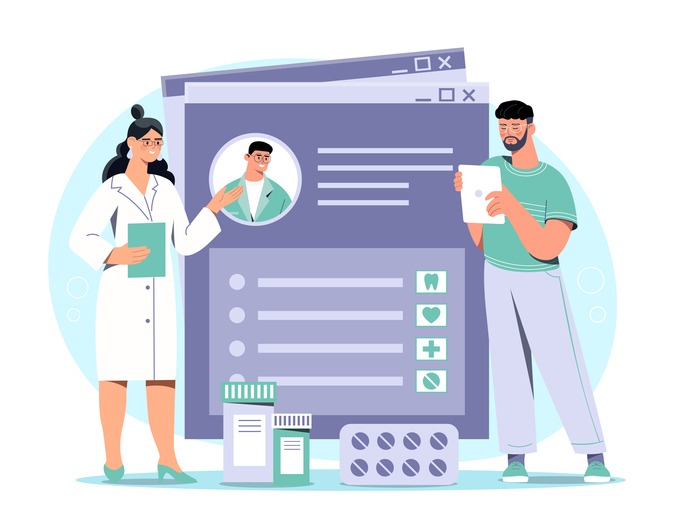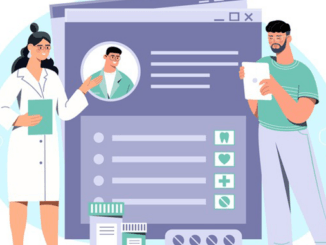
Kevin Hamer considers the key questions that need to be asked to move forward when it comes to personal health records and the scaling of co-production platforms
CREDIT: This is an edited version of an article that originally appeared on Digital Health
There is a growing appetite for personal health record (PHR) platforms, but what challenges must be overcome in order to create a successful co-production initiative?
A coherent experience
The first is how we present a coherent experience for our patients. There are, seemingly, endless health apps in the smartphone app stores – but the number of health apps designed to be integrated with clinical systems is also increasing. There are new market entrants and other providers with business models not previously built around patient interactions which are now pivoting their solutions because they see the potential of co-production.
Hospitals can be faced with more than one patient-facing solution – an app or solution for patient-reported outcome measures, another for virtual wards and another for patient-initiated follow-up, electronic delivery and reminders – and on it goes – but put yourself in the shoes of the patient. It isn’t hard to imagine the potential confusion that could arise and, in the worst scenarios, the impact this could have on patient safety. A modular and integrated approach is fine, but it has to be seamless for the patient. There needs to be a single point of access, NHS login authentication and co-ordination around functionality such as surveys and notifications.
Poor data quality
A further concern is how ‘fit-for-patient consumption’ the data in the existing clinical systems are. These systems have never been architected with the need to serve information to the patient digitally, and this creates a number of problems when trying to implement even the most obvious of use cases – such as sharing appointments, documents and results with the patient. This has seen challenges relating to the quality, timeliness and updating of information which is also difficult to present in a coherent way to the patient.
The consideration of what is needed for the patient is critical – not just for PHR platforms but also for the systems that supply data to the PHR. The incoming integrated care systems (ICS) have resulted in fresh thinking to ensure that clinical systems and data flows can appropriately support care across multiple providers but conversations around what this may look for an ICS must also consider how the data will be delivered to the patient.
In addition to the various data quality issues of central clinical systems, there is the use of ‘grey’ systems – local systems that are not known about or controlled by central IT teams. These systems contain PHR-relevant information that the patient will never see, leading to an incomplete record. This brings us to the point of education, as all staff need to understand, and be aware of, the direction of travel in relation to increasing patient access and co-production.
What co-production means
There is also a necessary question of what we consider a ‘personal health record’ to be – is the PHR an extension of the clinical record, or a completely independent record? The answer to this is critical in relation to information governance, consent and GDPR. If we’re using the PHR as a vehicle for co-production, then existing information governance rules –for example, having one data controller – is clearly problematic since the provider should not be held responsible for something the patient has added or amended in the record – and if the patient isn’t adding useful things to the record, then it is a stretch to call it co-production at all.
Who owns the record?
The PHR presents a fantastic opportunity to put a wide range of digital information in front of the patient, but is the record truly patient-owned? We have come to accept that the data has always belonged to the patient and, where the data is stored on clinical systems, NHS providers have simply been the guardians of this data. The key change with PHRs is the ability to put this information in the hands of the patient.
However, the term ‘patient-owned’ starts to struggle if we are mandating what data they can and can’t have, or what they can and cannot do with the data.


Be the first to comment